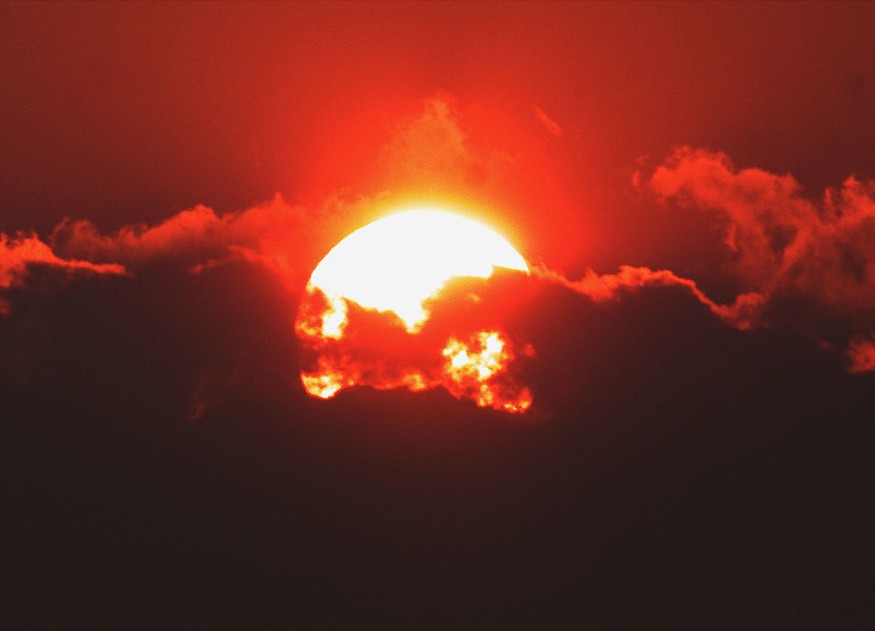A solar storm impact in the form of a geomagnetic storm is expected to hit Earth by Tuesday, April 26.
In the latest space weather event, a recent solar explosion has emitted highly energized particles that have been forecasted to disrupt Earth's radio and satellite signals again.
Geomagnetic Storm Warning

The National Oceanic and Atmospheric Administration (NOAA) - Space Weather Prediction Center (SWPC) on Sunday, April 24, issued a geomagnetic storm warning that may primarily affect poleward of 65 degrees in latitude, causing weak power grid fluctuations and northern lights visible in Alaska and Canada.
The approaching solar storm was associated with a solar flare event that also released a coronal mass ejection (CME).
The US space weather agency also made a follow-up update on Sunday, April 24, that the solar events may also bring solar radiation storms and radio blackouts until Wednesday, April 27.
The latest space weather forecast followed the occurrence of a major radio blackout in Asia after it disrupted aviation, some shortwaves, and other radio and satellite-dependent technology, as per the Solar Dynamics Observatory of the National Aeronautics and Space Administration (NASA), as cited by CNET.
Measurements and Scales
The magnetic storm impact of a solar flare, CME, or other manifestations of a solar storm like solar winds will depend on the direction and amount of charged particles that will reach Earth, as previously claimed by space authorities and enthusiasts.
Similar to a weather forecast on the atmospheric and climatic behavior of the planet, space meteorologists also issue their own space weather measurements and scales to relay the impact of our Sun's solar activities and its space weather effects to the general public.
Solar storms and other solar activities, in general, are the main source of space weather phenomena in our solar system.
Based on the NOAA Space Weather Scales, the main contributors to space environmental disturbances are geomagnetic storms, solar radiation, and radio blackouts.
The NOAA - SWPC compared these contributors to storms like hurricanes and natural disasters such as tornadoes and earthquakes on Earth.
With this the following classifications of the solar event types are provided below:
- Geomagnetic storm - primarily affects power systems and spacecraft operations, as well as satellite navigation, radio navigation, and the global positioning system (GPS).
- Solar radiation storm - similar to magnetic storms, this type poses biological hazards to most living forms, notably astronauts and passengers on an aircraft at high altitudes.
- Radio blackout - both high frequency (HF) and low-frequency (LF), as well as radio communications, are affected by radio blackouts and satellite navigation. The disruption caused by this solar event type ranges from several minutes to hours.
Solar Storm Alert
In line with the current solar storm alert of the NOAA - SWPC for the next 48 hours, the recent solar explosion emitted not only a geomagnetic storm but also a solar radiation storm and radio blackouts.
However, the solar storm forecast did not indicate that a significant transient or recurrent solar wind will occur but it mentioned the potential impact of both magnetic storm and radio blackout will range from minor to moderate.
Power outages, internet connection loss, and radio signal fluctuations are likely.
© 2025 NatureWorldNews.com All rights reserved. Do not reproduce without permission.





